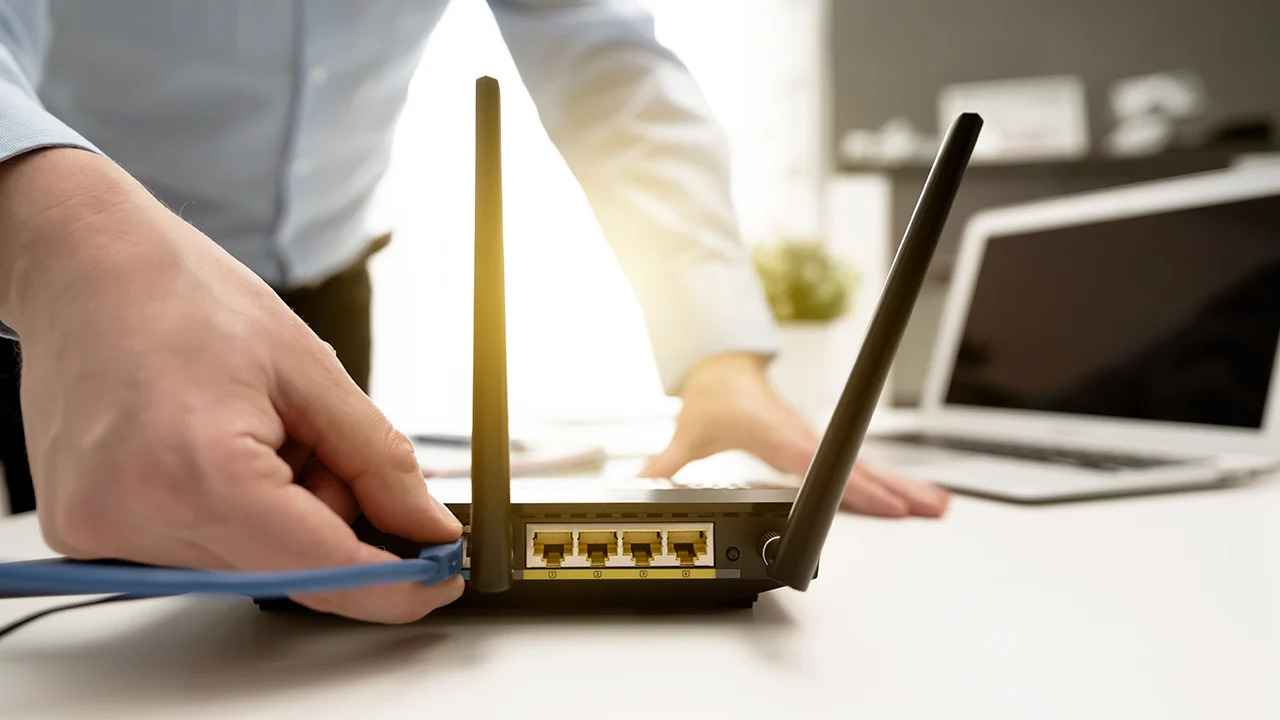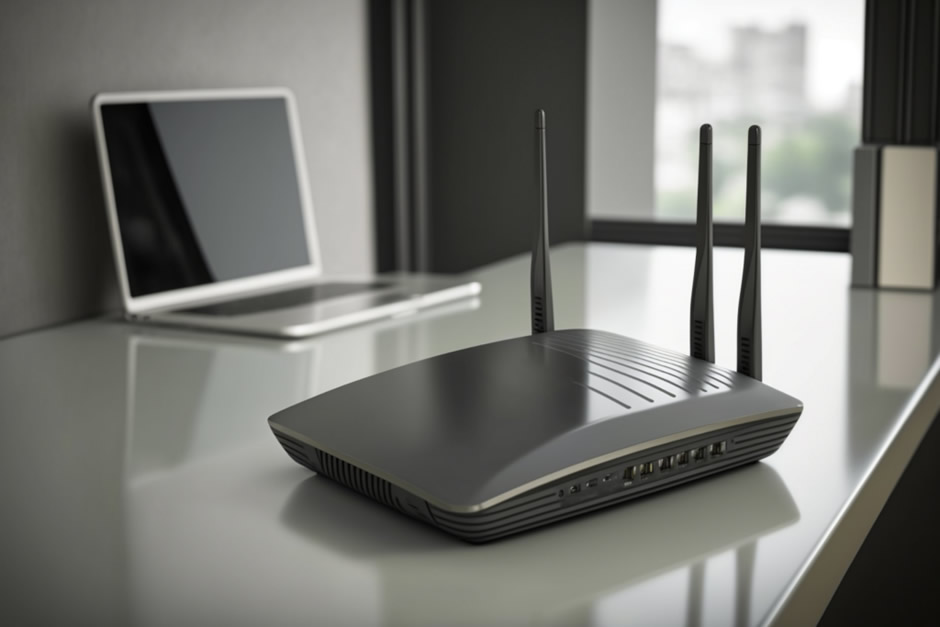
In today’s world of connectivity, a strong cellular connection has become a need in addition to a luxury. If you use your phone for web browsing, communicating with friends and family, or business, the poor signals are annoying and inconvenient. Are you tired of poor signal strength and interrupted connectivity? You can use several techniques from the convenience of your home to increase your cellular signal strength.
Thankfully, you can increase the strength of your cellular signal from the convenience of your own home using various techniques.
The factors that affect the strength of cellular signals are:
A cell tower’s distance is essential for powerful cellular communications. The signal strength decreases with an increase in the distance from the tower. It results in missed calls and slow processing. This issue is most common in rural areas. To address this issue and ensure smooth cellular signal strength, cellular companies deploy signal boosters and repeaters and install towers.

Geographical hindrances such as trees, buildings, and hills hinder the pathways of cellular signals. When the signals hit an obstruction, they scatter, and their path changes, resulting in distortion and loss of signal. In urban areas, signal penetration and poor signal reception are common issues due to dense construction materials such as metal, and concrete. Natural topographical features also impede signal propagation, especially in rocky areas.
Electronic devices, such as Wi-Fi routers, cordless phones, microwaves, and fluorescent lights, disrupt cellular signals. Electromagnetic interference (EMI) results in dropped calls, distorted audio, and slower data. The effects get worse the closer one is to the source, although interference might spread. Reduce interference by putting devices far apart, utilizing insulated wires, moving the router, and selecting gadgets with technology that reduces interference.
It’s important to know how cellular signals operate before looking into techniques to improve your signal. Your device sends radio waves to neighboring cell towers to establish communication, whether you use mobile Internet, make a call, or send a text. By transmitting and receiving data, these waves let you connect to cellular networks and maintain a connection to the outside world.

You can increase your cellular signal strength by:
Arranging your router or modem for optimal placement is one of the easiest methods to boost the strength of your cellular signal at home. Since these gadgets serve as links between your smartphone and the cellular network, the strength of the signal can be greatly impacted by where they are located.
Initially, position your modem or router in the middle of your house, ideally close to a window or external wall. This arrangement minimizes impediments and maximizes coverage by allowing the signal to spread more freely across your living area. Keep the device away from big appliances or confined spaces where signal transmission could be impeded.

To guarantee thorough coverage, if your house has numerous stories, think about adding extra routers or signal extenders to each story. Together, these gadgets form a mesh network that enables a smooth connection wherever you are in the house.
Voice over Internet Protocol sends and receives data and phone communications via your home Wi-Fi network rather than traditional cellular networks.
To enable Wi-Fi calling, navigate to your smartphone’s settings menu and select the Wi-Fi calling option. Once activated, you can use your existing phone number to make and receive calls on your device, which will automatically convert to Wi-Fi mode when connected to a compatible network.

If you have been using Wi-Fi calling and adjusting the location of your router and are still facing the issue of weak signal strength, then buying an amplifier or signal booster can solve the problem. These gadgets function by rebroadcasting the cellular signals that are already present outside your house indoors after they have been amplified.
Signal boosters come in two primary varieties: smart and analog. While smart boosters continually monitor and change signal intensity to maximize performance, analog boosters only magnify the current signal. For optimal outcomes, select a booster that is compatible with the frequency bands and your cellular provider.
The more simple and easy process is to install an external antenna outside your house and make sure it faces the booster unit inside. The booster will increase the cellular signal strength throughout the house once it is installed, resulting in better call quality, and increased data speed.
If you’re on a tight budget or prefer to handle things yourself, there are a few simple adjustments you may try to improve cellular signal reception at home. Here are some concepts to consider:
Certain smartphone cases are designed to deflect radio waves away from the device’s internal antennas to improve signal strength. These enclosures can slightly improve signal reception, but they are not as effective as dedicated boosters.
Cell phone coverage can be improved indoors by employing reflective materials such as Mylar balloons or aluminum foil to bounce signals around obstacles. All you have to do is position the reflecting surface next to an outside wall or window to reroute incoming signals to your device.
Reduced reception can result from electronic gadgets interfering with cellular signals, like baby monitors, microwaves, and cordless phones. To reduce interference and boost signal strength, keep these gadgets away from locations where you use your phone.
Some cellular carriers sell network extenders, and microcells, also known as femtocells. These devices build a small cellular network using the current internet connection within your home. These devices significantly increase coverage and signal strength in places with poor coverage.
1. How does distance from the cell tower affect signal strength?
Your signal strength depends on the distance from the cell tower. The farther you are from the tower, the poorer signal strength you will experience. With an increase in distance, the signal intensity diminishes due to interference and reduction.
2. Can building materials impact cellular signal reception?
Yes, the dense building materials can hinder cellular signals, leading to poor reception. Concrete, metal, and brick are most effective in blocking cellular signals.
3. What is the difference between Wi-Fi calling and traditional cellular calls?
Wi-Fi calling uses a home’s Wi-Fi network’s speech signals to send and receive data, whereas specific wireless carrier networks are used in traditional cell phone calling. In areas with poor cellular reception, Wi-Fi calling efficiently increases indoor coverage and call quality.
4. Are signal boosters legal to use in all locations?
In most regions, signal boosters are legally authorized, but some local and national restrictions and regulations may impose some limits. Make sure your booster obeys all the rules and regulations before installation.